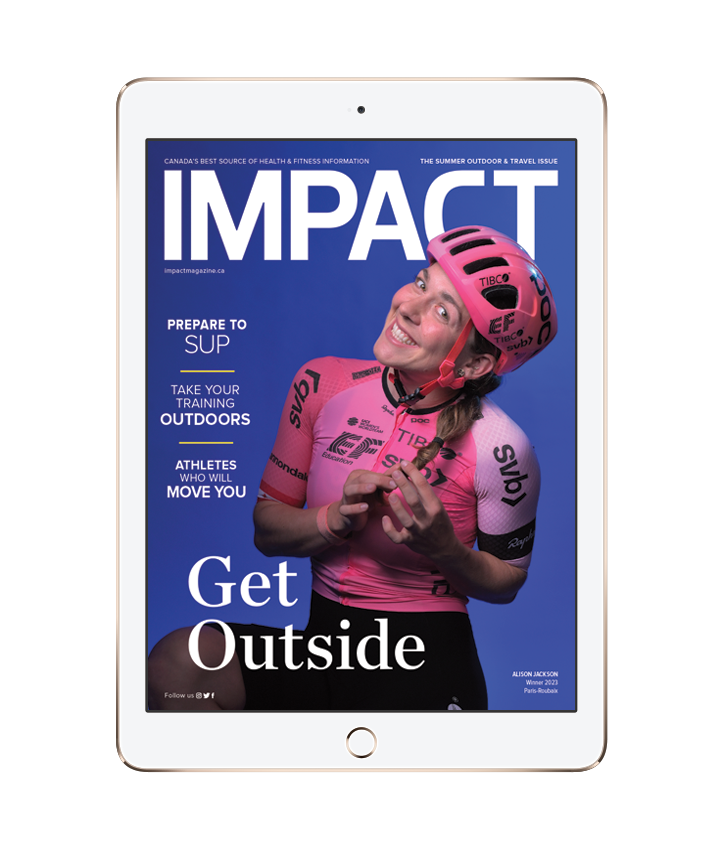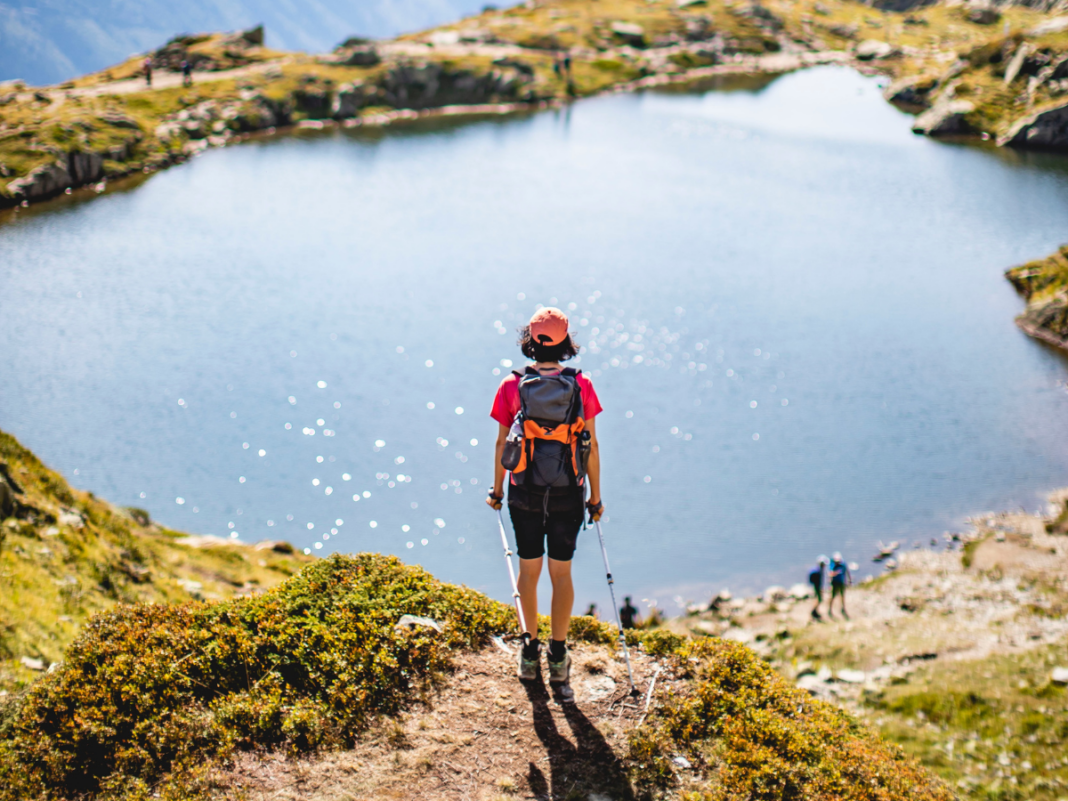Ahh, hiking in the great outdoors: connecting with nature on the trail, soaking up the sun through the trees, freezing in uncertainty when you stumble upon a humongous moose… wait, what?
A day spent hiking the trails is sure to net you some breathtaking views, challenging feats of strength, and a rewarding experience in nature instead of slogging it out in the gym. But unlike the gym where you have control over almost every aspect of your workout, hiking demands being ready for the unexpected. From encountering wildlife to respecting the environment, and having the tools to handle unthinkable situations such as getting lost in the wilderness, when it comes to a successful trek, preparedness makes the difference between a memorable day out or a dangerous one. Here’s what to know before you go.
WILDLIFE ENCOUNTER
Bird and squirrel watching might be part of your desired itinerary during your hike, but an encounter with wildlife that’s potentially dangerous can quickly turn into a frightening scenario and needs to be handled with caution. “Your first step is to take all necessary precautions to avoid the situation,” says Soren Kruse Ledet, mountaineer and expert guide with World Expeditions. “Keeping a safe distance from wildlife is a safer and more responsible way not to disturb their natural habitat.”
While your response will differ depending on the wildlife you encounter, a good rule of thumb is to give them plenty of space. “Wildlife almost always wants to avoid close contact with humans, so crowding wildlife can lead to dangerous situations,” says Alex Ross, CEO at Fresh Adventures. “Most wildlife feels threatened during an encounter with a human for any of a few reasons: they could be near a food source or with their young, for example. The simplest way to mitigate the danger in these situations is to calmly back away and increase the distance between yourself and them.”
EATING WELL
When it comes to snacking on the trail, sustain yourself sustainably with a zero-waste hike. Many of the eco-friendly habits you rely on at home can translate to the trail, such as purchasing locally, dehydrating produce yourself to nix packaging altogether, and choosing lightweight, reusable containers for food storage when needed. Silicone bags are a sound investment that’ll stand the test of time, seal efficiently, and hold up well in hot temperatures.
Remember that if you do end up creating waste, what gets packed in must get packed out. Depending on the type of hike you choose, you may consider bringing a reusable water bottle that includes its own purification system. This way, you can refill at any fresh water source. Either way, water intake is integral—becoming dehydrated on the trail may lead to confusion and dizziness. To avoid this potentially dangerous situation, plan ahead by pre-hydrating with at least four cups of water prior to your hike, drinking water before you feel thirsty on the hike, and continuing to drink post-hike to replenish your body.
NATURE’S BATHROOM
There are some best practices to bear in mind when you’re out in nature and nature calls. Just as the golden rule of handling garbage on the trail is to “pack it out,” the same rule applies when it comes to bathroom-related waste. “There’s nothing worse than travelling somewhere beautiful and then seeing toilet paper strewn about the place,” says Ross, noting that a common misconception is that toilet paper decomposes quickly—when, in fact, the process can take years.
If you’re bringing toilet paper with you, stash it in paper bags that can be put inside resealable plastic bags. The paper can then be burned over a fire or disposed of in a trash can. Additionally, Ross advises finding a spot to do your business that’s at least 60 metres from a water source and digging a hole that’s six inches deep for solid waste if needed.
GETTING LOST
If you find yourself lost, Ross recommends you stop immediately and assess the situation. Start by combing over questions such as when did you last know where you were, what direction were you headed, and have you lost track of your designated trail. Then, take stock of your surroundings to get oriented: notice the landmarks and use that information to understand your location (is the trail north of a road or west of a mountain peak, for instance), and use accessible sights to interpret further, such as the sun, north star, water bodies, towers, etc.
If the struggle persists, start to consider what your next step would be, such as utilizing methods of communication or planning to set up your available gear to spend the night and regroup the next morning.
“It’s generally recommended to stay put when you are lost. Wandering off in any wild direction can lead to becoming much more lost and could reduce the chances of being found by someone,” says Ross.
If there’s one seasonal rule that unites Canadians, it’s that the brevity of summer is not to be wasted. As you aim to soak up every moment of outdoor life and keep those memories close before it comes to a too soon end, remember that the go-with-the-flow lifestyle doesn’t pair well with hiking adventures. So before you hit the trails, channel your inner boy scout: always be prepared.
You may also like: A Guide to Sustainable Trail Running

Read This Story in Our 2023 Summer Outdoor & Travel Issue
Featuring Alison Jackson, Canadian cyclist and only North American male or female to win the famed Paris Roubaix. Travel the country’s most stunning hot spots by campervan. Become a better trail running by improving your ascents and descents—plus, train outdoors with Canada’s Top Fitness Trainers. Enjoy plant-based summer recipes and so much more.

















